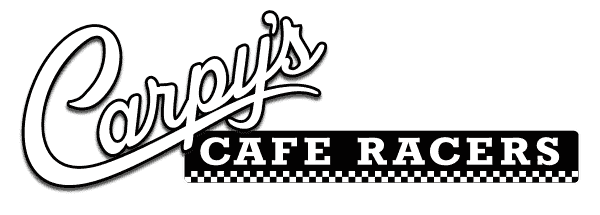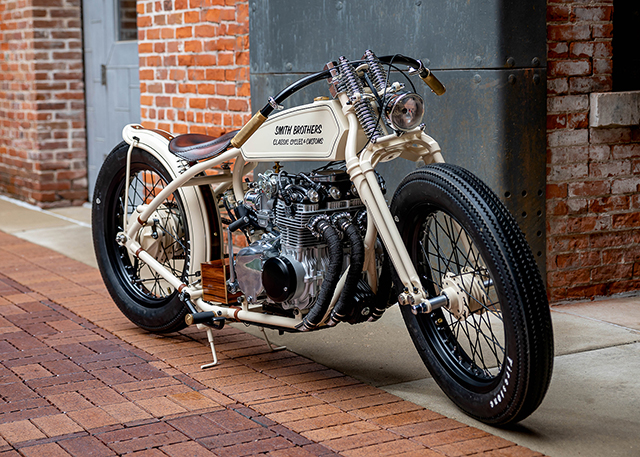Sometimes when an artists hits that “BLANK” wall in designing something head turning, it can be way simpler to go “Back To Basics” and there it is, a work of pure art and creativity. And this is the case with a Motorcycle shop in Cedar Rapids , Iowa. Trying to think outside of the box […]
Tag Archives: Board Tracker
I am always impressed by machines that are created down under, I was lucky enough to Live in Victoria and in New South Wales for 4 years and their passion for anything with two or four wheels is breathtaking at times. Here is a write up pipeburn came up with I wanted top share with […]


